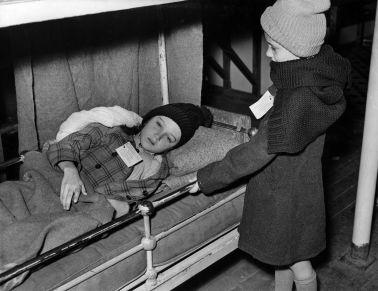Educational choices coincide with the variety of theoretical models within Emotional Behavioral Disorders. It is important to remember when working with those with emotional disabilities what is best for the individual. These theoretical models are based on a variety of historical perspectives and consider a variety of causes.
One model is the Psychodynamic model is based on the Psychoanalysis model by Sigmund Freud. It is based on the idea of making the unconscious conscious. This model considers the early effects of life that become part of the unconscious later in life, such as a hard childhood, which leads to behavioral disorders. This model requires a student who wants to do the work to overcome their disorder by exploring their past. It also requires more one-on-one psychological help, which makes this model harder to adapt to the classroom. Another main model is the Cognitive Behavior Model. It was developed by Albert Ellis . This model is usually used with medication and therapy. It works on how an individual feels, how they think, and how they act. This model often focuses on the thought process. As teachers, this theory can be used to encourage positive thoughts and lead toward the fulfillment of these positive thought, so that children can become successful in the classroom.
One more model is the humanistic model, which is based on three main concepts. They are “self-actualized—congruence, unconditional positive regard, and empathetic understanding” for a holistic approach. This model often uses the instructor to point the individual toward resources, which can easily be encorporated into the classroom. It is limited to how much the child and parents are willing to access other resources to find help and does not address specific classroom modifications.
A different model is the Behavioral model. As a broad approach, there are many possible components centered around observation. This approach will look at the current happenings and reflect on possible genetic factors which may be contributing. As teachers, this model can be applied through observation of students and taking into account what triggers their reactions and what other external forces may be contributing. It also uses trial-and-error to find what works for the student to become successful.
There are other models to help teachers and counselors while working with children with Emotional Behavioral Disorders, but the Behavioral model, Humanistic model, Cognitive Behavioral model, and the Psycho dynamic model are all key models that can be used in coming up with a classroom strategy for helping a child to become successful within the classroom. As discussed previously, children with Emotion Behavior Disorders may have a wide range of disorders, which may be expressed in a variety of ways. As such, there is a need to have a variety of strategies available to find what works best for the student, so that they can become truly successful.
